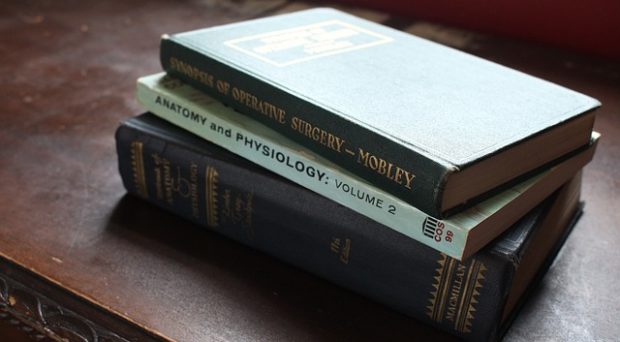
Although a rare disease is defined by the European Organization for Rare Diseases as having a prevalence of less than 0.05%, the World Health Organisation estimates that as many as 1 in 15 people may be affected by one. Rare diseases are rare, but patients with rare diseases are not.
Patients with rare diseases see many doctors and maybe misdiagnosed multiple times before their condition is fully understood and diagnosed. In some senses, this is unavoidable. Medical schools train students in pattern recognition as it relates to pathology. Students learn to associate certain signs and symptoms with specific diseases. Because teaching time and resources are limited, common disease patterns are prioritized, coming at the expense of familiarity with rarer conditions.
Subsequently, once the student becomes a doctor, the problem is compounded, as clinicians’ knowledge of the conditions they face will be directly related to prevalence. Knowledge of conditions encountered more often will be reinforced, whereas knowledge relating to conditions encountered less often will be slowly but surely forgotten.
With this in mind, how can medical education be enhanced such that doctors are better equipped to recognize and manage rare conditions?
Familiarizing students with each and every rare disease would be practically impossible. The rate at which medical knowledge is increasing is meteoric, outstripping our abilities of assimilation and application. We need to adopt a training method based more on principles and organization of knowledge.
Being a doctor today is not about knowing all medical knowledge, but knowing its scope and sources.
Perhaps one measure would be to present the ‘rare disease patient’ to medical students as a unique profile. Students should have direct contact with these patients, which will allow for full medical apprehension and help students develop a comprehensive understanding of the patient within the biopsychosocial model. Students should be introduced to the diagnostic pathway for this type of patient – why to take a detailed family history, how and when to refer to clinical genetics services, and what additional support may be needed. Students should also be acquainted with the resources available for the management of rare diseases, such as online encyclopedias and orphan drug directories. Being a doctor today is not about knowing all medical knowledge, but knowing its scope and sources.
Another aspect that should not be omitted is the necessity of empowering the patient to actively partake in their own medical care. Rare disease patients arguably benefit more from taking control of their own care than any other group. These patients often know much more about their condition than clinicians do, and can be very astute when it comes to research. Additionally, the empowerment of rare disease patients has led to political action which has ensured more investment into this patient group from the medical and pharmaceutical industries.
This teaching should also be reflected in medical school examinations, with questions specific to rare diseases. Rather than directly assessing rare disease knowledge, the students’ diagnostic reasoning, procedure, and management could instead be assessed. Desirable outcomes on an assessment of this kind would include the ability to exclude more common conditions and the knowledge of what avenues to pursue when suspecting a rare disease.
Another measure could also be to directly teach students some of the more common ‘rare diseases’ concerning the teaching of their systems, to allow them to more rapidly recognize them in clinical practice. Even encountering a disease once during the course and never hearing about it again could be enough for students to consider a rare disease diagnosis in a patient. Discussions regarding these diseases could also take place during clinical rotations and specialty training.
An additional measure which medical schools may also consider relates to the recognition and treatment of rare diseases but has additional scope. This is including a student-led module based on medical research in the syllabus. The most significant outcome would be increasing students’ familiarity with the scientific process and medical literature. The importance of this cannot be overstated, as it will be through these journals that they may discover many rare diseases in the first place.
The quandary of the diagnostic odyssey is an unfortunate one. Its existence is an artifact of medical teaching, and a natural consequence of the prevalence of rare diseases. Medical schools should prepare students for encountering rare diseases in a much more effective manner, as these patients are often encountered.
Comments